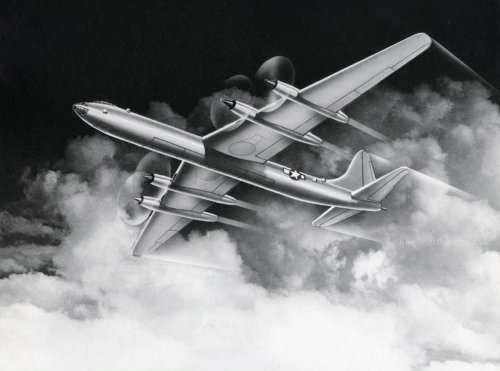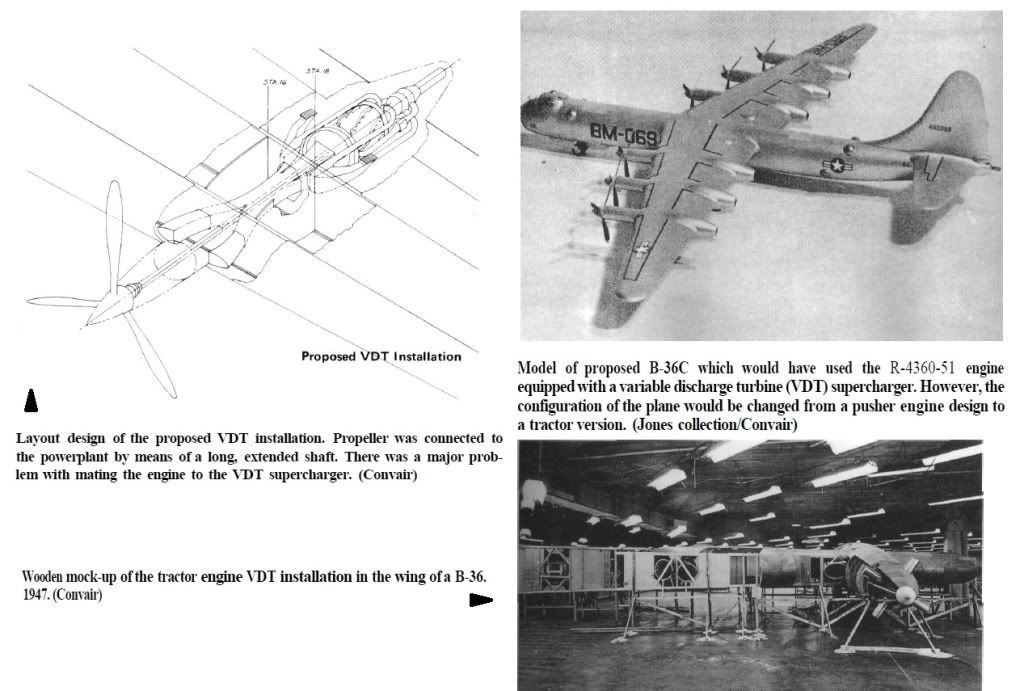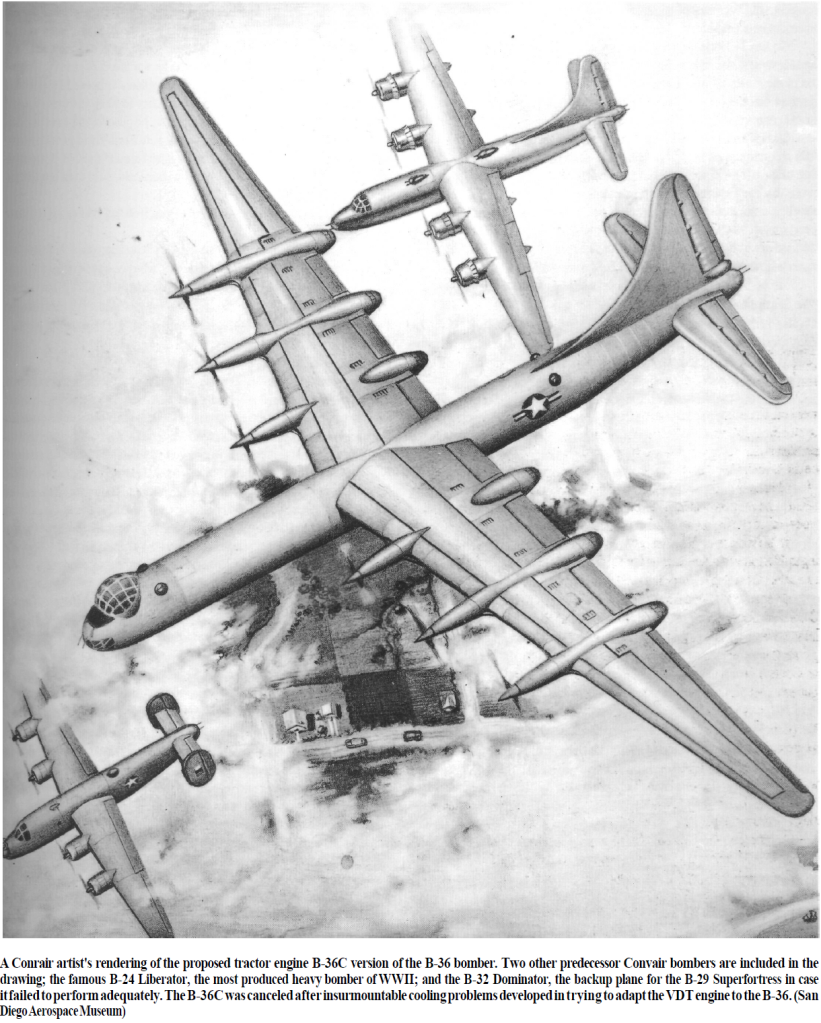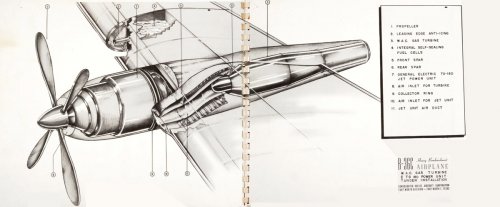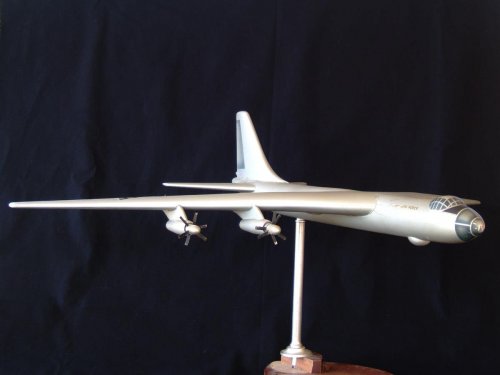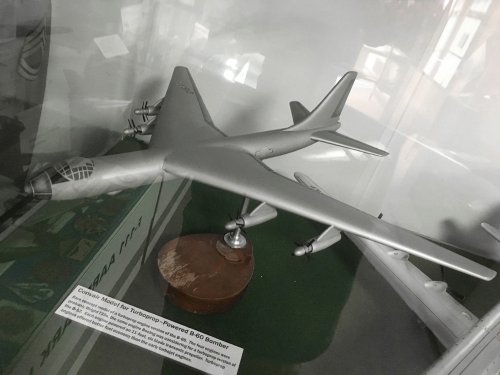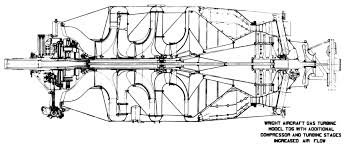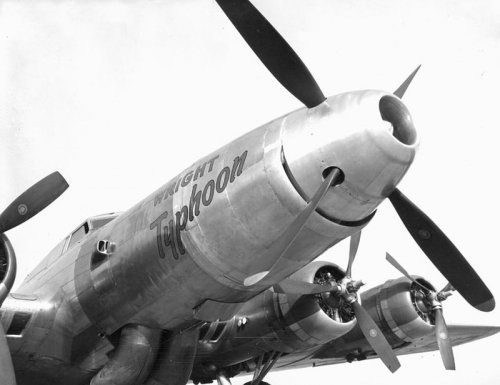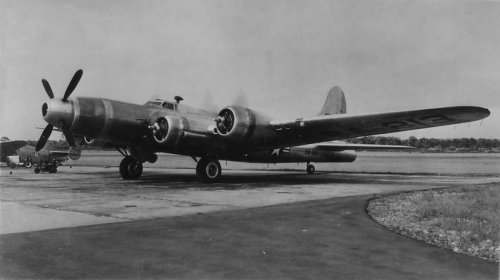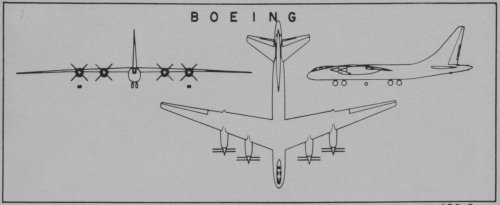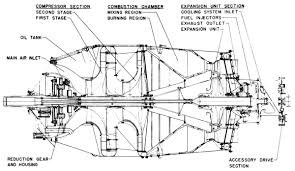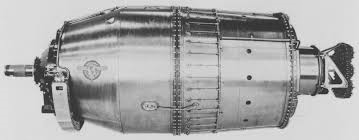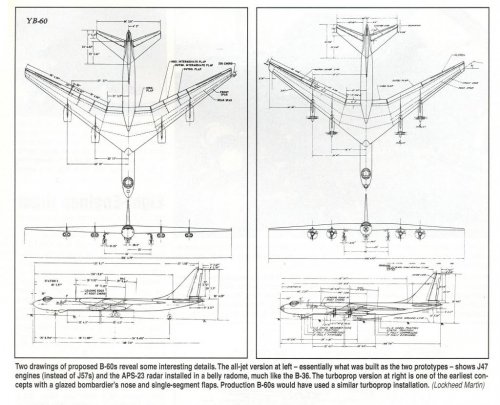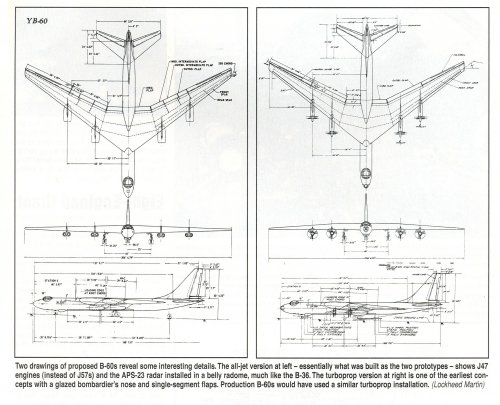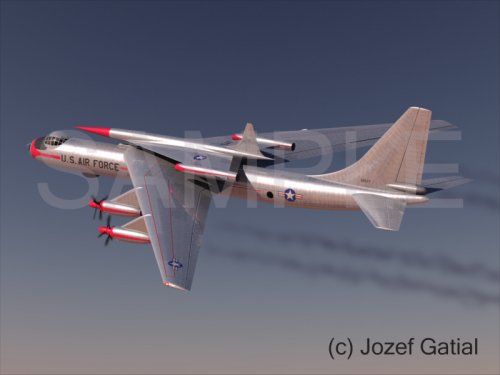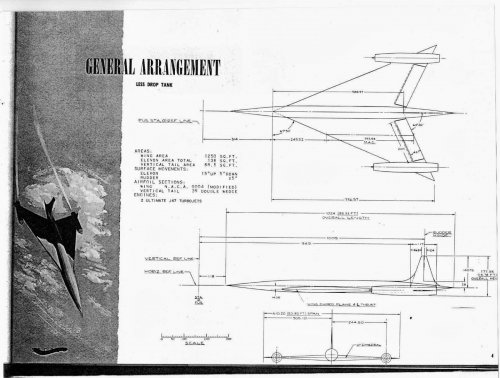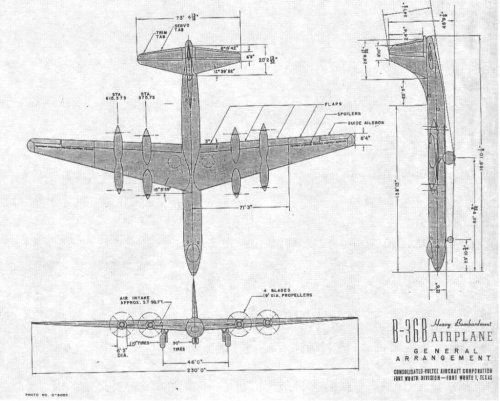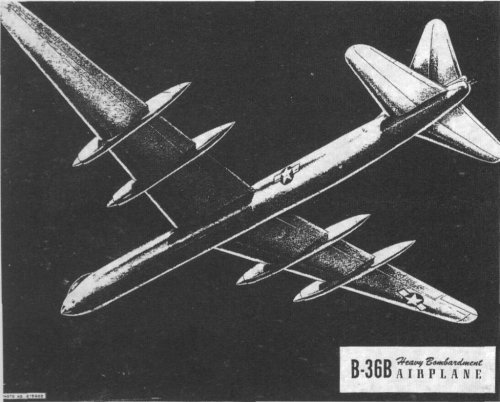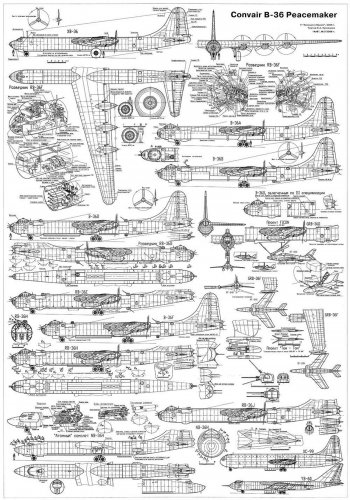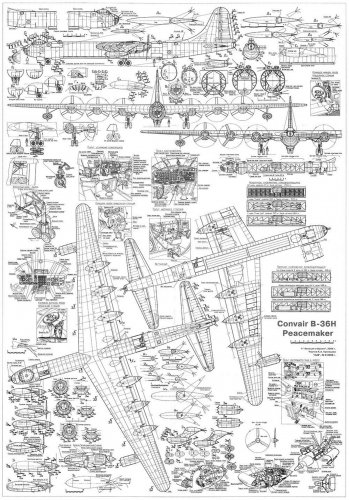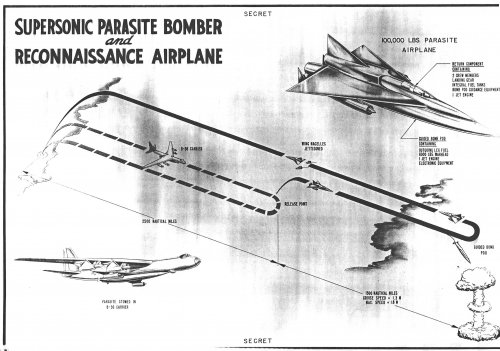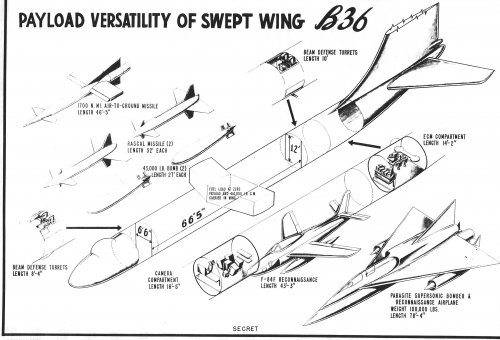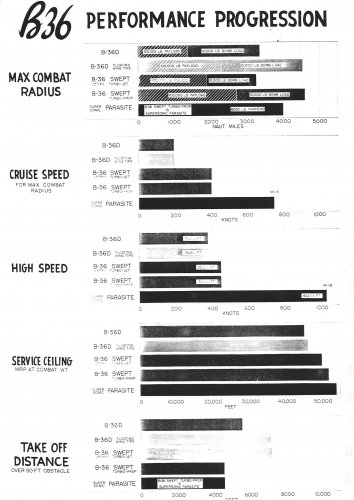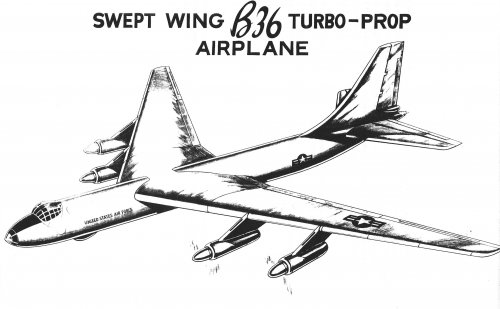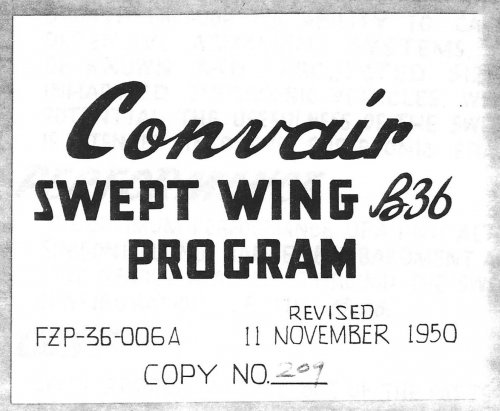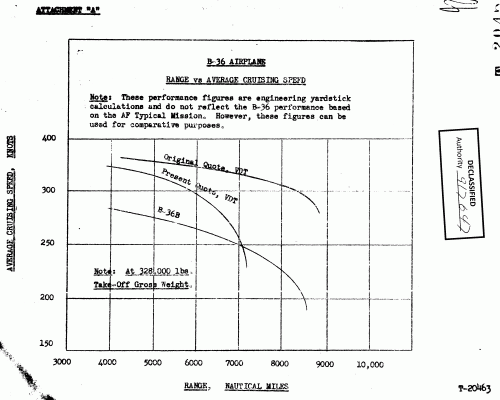NARA II, College Park, MD
RG 342
Entry P-26
Box 3685
Folder: 452.1
Consolidated B-36
Confid 1945-46-47-48
Declassified via NND 917647
----------------------
IN REPLY ADDRESS BOTH COMMUNICATION AND
ENVELOPE TO COMMANDING GENERAL, AIR MATERIEL
COMMAND, ATTENTION FOLLOWING OFFICE SYMBOL:
MCPPXA3/TPG:ICW/3-1334
HEADQUARTERS
AIR MATERIEL COMMAND
WRIGHT-PATTERSON AIR FORCE BASE
DAYTON, OHIO
(Undated)
(Filed Date)
25 [illegible] 1948)
SUBJECT: B-36 Program.
TO: Chief of Staff,
United States Air Force,
Washington 25, D. C.
Attention: Deputy Chief of Staff, Materiel.
1. Reference is made to Hqs. USAF directive dated 5 December 1947 which approved the B-36 VDT production program. The Air Materiel Command has reexamined this program because increased engine cooling requirements preclude meeting the original estimated performance. The B-36 engine installation is critically affected by increased cooling requirements due to location of the engines in the rear portion of the wing and the high altitude at which the airplane is designed to operate.
2. The basic causes of airplane performance loss are:
a. Additional horsepower required to drive higher capacity cooling fan with resultant loss of 49 MPH cruising speed.
b. Additional airplane weight empty increases caused by the latest power plant installation requirements.
c. Increased drag estimates based on wind tunnel tests amounting to 9 MPH cruising speed penalty.
3. In accordance with the Contractors latest performance estimates, which are concurred in by the Air Materiel Command, the VDT airplane has a maximum range of 7,250 nautical miles at an average cruising speed of 228 knots. The B-36B Airplane has a cruise speed of 248 knots for the same range, and its maximum range is 8,620 nautical miles at 180 knots. Therefore, the Air Materiel Command recommends cancellation of the VDT program. (Comparative performance curves are contained in Attachment "A").
4. In view of the foregoing, it appears advisable to again evaluate the B-36 program based on operational requirements. One of the four following courses of action can be taken:
a. Revert to the original B-36 program; 22 B-36A and 78 B-36B Airplanes, This program can be completed by February 1950. At the present time, it appears that the 100 B-36A and B-36B Airplanes can be completed within funds available on the airframe contract. An additional cost of approximately $1,500,000 will be required to reinstate Government Furnished Property procurements and cover costs incurred to date on B-36 VDT GFP development and production.
b. Terminate at 61 airplanes, thereby cancelling the airplanes scheduled for VDT engine installation. If termination of a quantity of B-36 Airplanes is contemplated, the 61st airplane is the most economical point at which to terminate, since a large amount of the airframe and GFP components has already been stopped at 61st airplane pending release of engineering information for the VDT program. Termination at this point will allow recovery of approximately $92,000,000.
c. Terminate all but 41 B-36 aircraft. This program would obtain for the Air Force the 18 B-36B Airplanes which are currently included in the "GEM" program, one test B-36B, and 22 B-36A Airplanes. (A tentative requirement has been established by Hqs. USAF for modification of 12 B-36A aircraft as tankers to refuel the B-36B aircraft included in the "GEM" program.) Termination at this point will allow recovery of approximately $133,000,000.
d. Terminate the B-36 program delivering only the 22 airplanes which are essentially shop completed. One of these airplanes has already been delivered for static test. The additional 21 airplanes require incorporation of late change requirements and flight test prior to delivery. Termination at this point will allow recovery of approximately $167,000,000.
Note: A breakdown of estimated costs and funds recoverable in support of the above alternate plans is set forth in Attachment "B".
5. Early decision of Headquarters, USAF is required in order that a revised program may be instituted at a minimum cost.
/S/
JOSEPH T. MCNARNEY,
GENERAL, USAF,
COMMANDING.
Incl. Attachments "A" and "B".
- - - - - - - - - - - - - - - - - - - - - - - - - - - - - - - - - - - - - - - - - - - - - - - -
Attach A attached as VDT.gif
B not done so far.
------------
Basic Com. fr Hq AMC, Wright-Patterson AFB, Dayton, Ohio, undated, subject: B-36 Program.
1st Ind.
HQ UNITED STATES AIR FORCE, Washington 25, D. C. 25 June 1948
TO: Commanding General, Air Materiel Command, Wright-Patterson AFB, Dayton, Ohio
1. It is directed that such action be taken on this program as was decided upon at the conference in the Office of the Secretary of the Air Force on 24 June 1948. General Wolfe represented your Command at this conference.
BY COMMAND OF THE CHIEF OF STAFF:
/S/
H.A. CRAIG
Lt. General, U.S.A.F.
Deputy Chief of Staff, Materiel
2 Incls.
n/c
7-13-48 - The decision made by higher authority in the conference referenced above, is to the effect that the 34 B-36 type airplanes, comprising one YB-36C and 33 B-36C airplanes, be cancelled, and that in lieu thereof there be procured 34 additional B-36B airplanes. This will make the program for B-36 airplanes, which is covered by contract W33-038 AC-7 read as follows:
22 B-36A airplanes
73 B-36B airplanes
95 Total
The previous cancellation of 5 airplanes from this program under authority of TI-2036, Addendum #10, which action was taken at the time it was contemplated procuring 34 B-36 series airplanes, will remain the same.
/S/
K.B. WOLFE
Major General USAF
Director, Procurement and Industrial Planning

